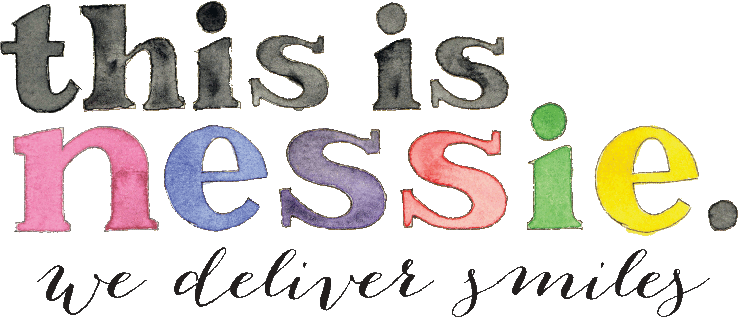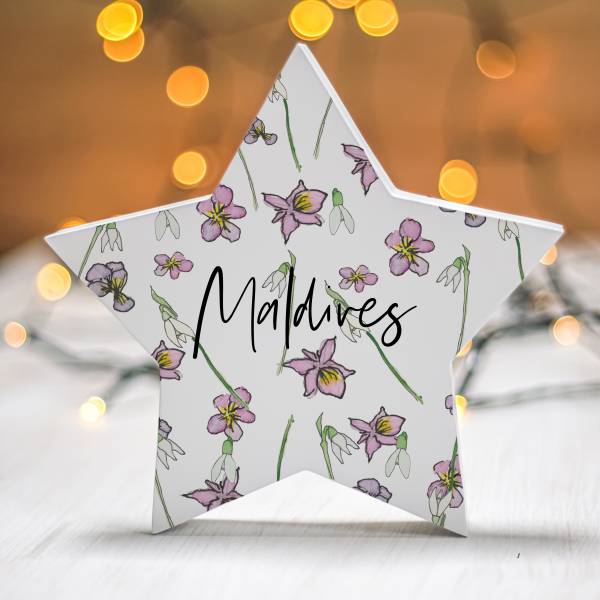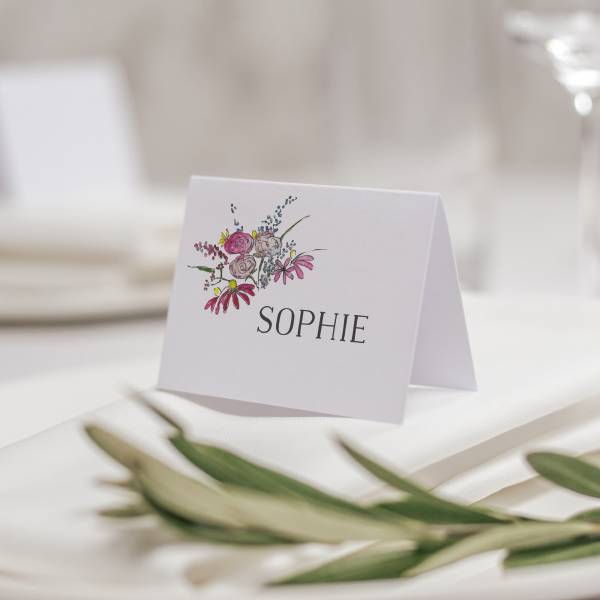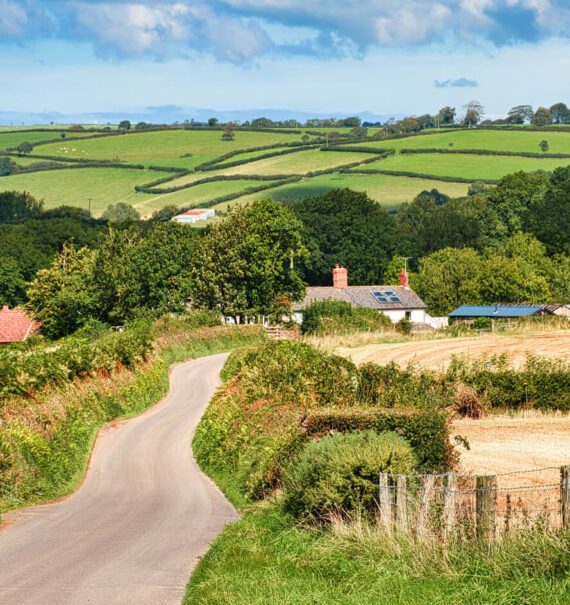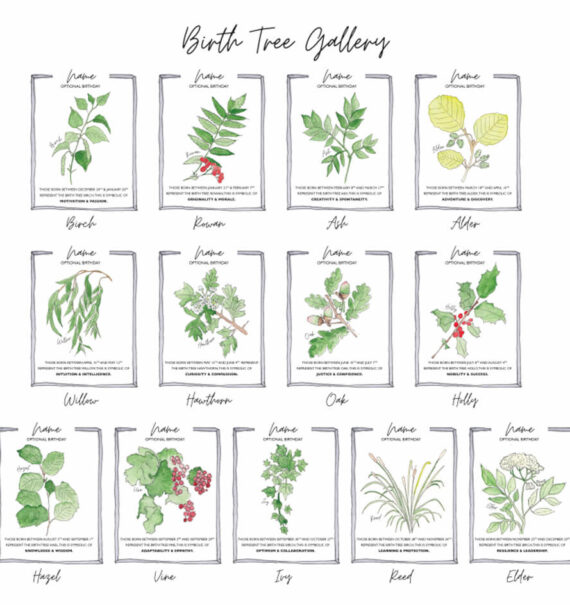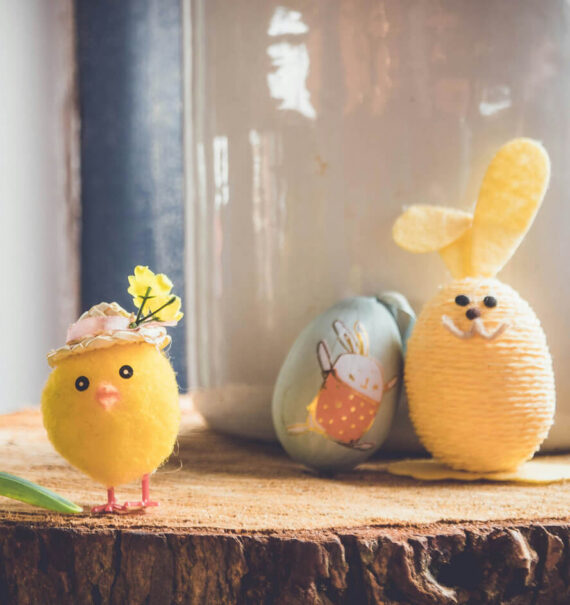How to Write A Wedding Table Plan
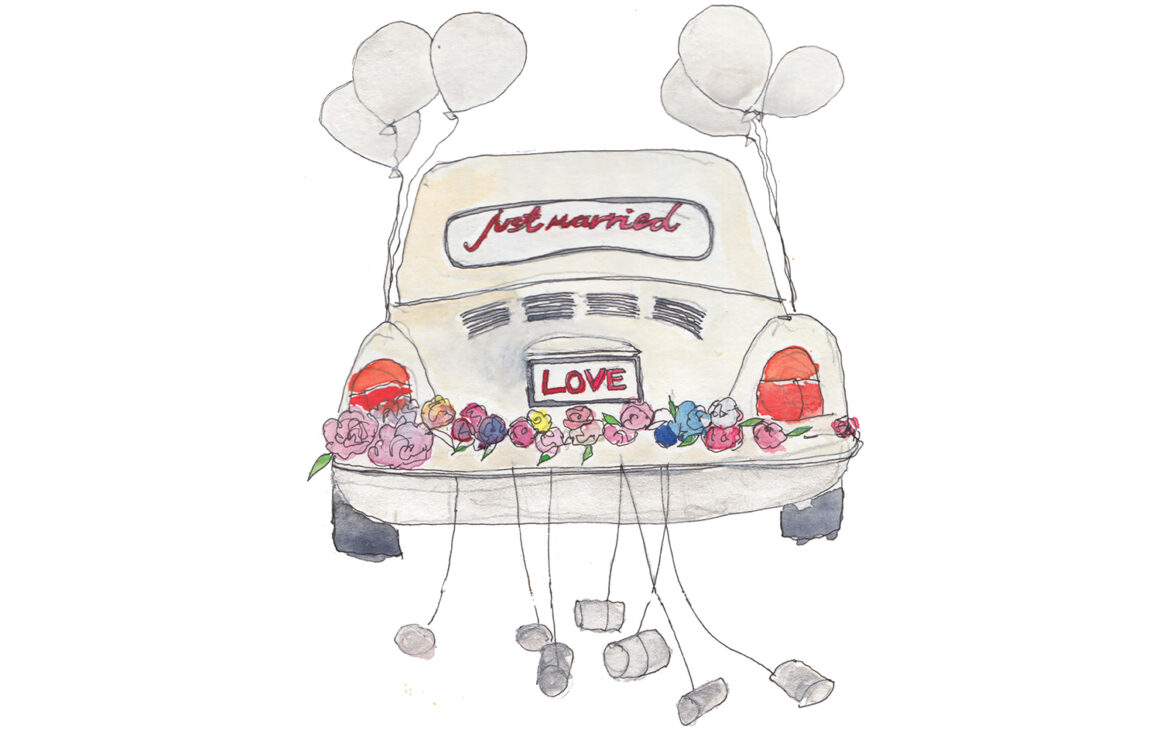

The wedding table plan is an essential part of any wedding reception. It is a detailed seating arrangement that ensures that guests are seated in a way that maximizes their enjoyment of the occasion and limits any drama that may occur. It’s also super helpful for the staff at your wedding as they’ll know who is sitting where and what they’re eating, in fact, some venues make it mandatory.
Writing a wedding table plan can be a daunting task, but with some planning and organization, it can actually be quite fun. Here are some tips on how to write a wedding table plan that will make your guests feel comfortable and included.
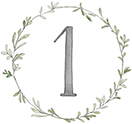
Start with a List
When sending out your wedding invitations make sure you set a generous RSVP date to give yourself plenty of time to create your guest list. After all, how can you make a seating chart if you don’t know who is coming? Once you have all of your RSVP cards back you can start a list of all your guests, including their names, dietary requirements, and any other special requests they may have.
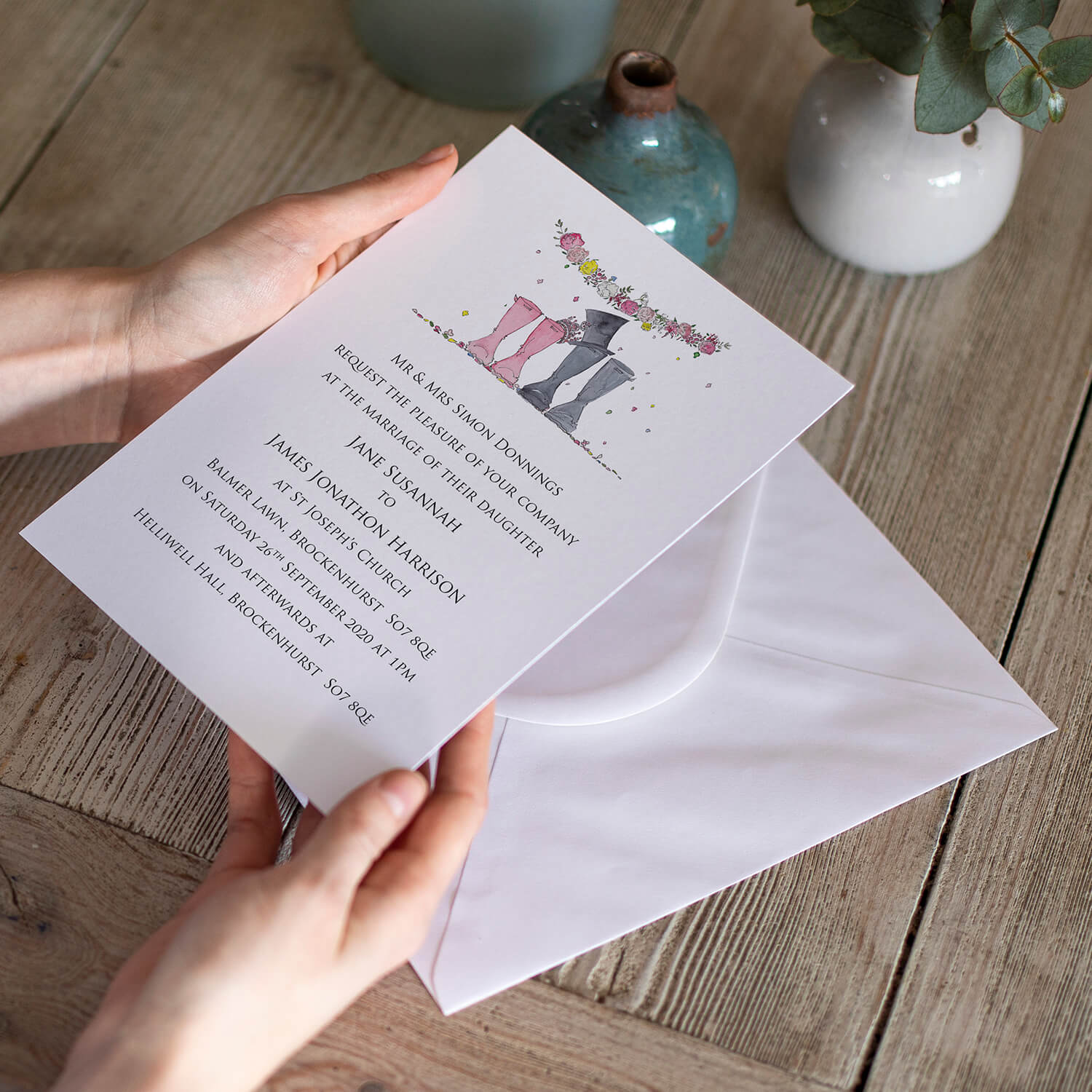
From £30
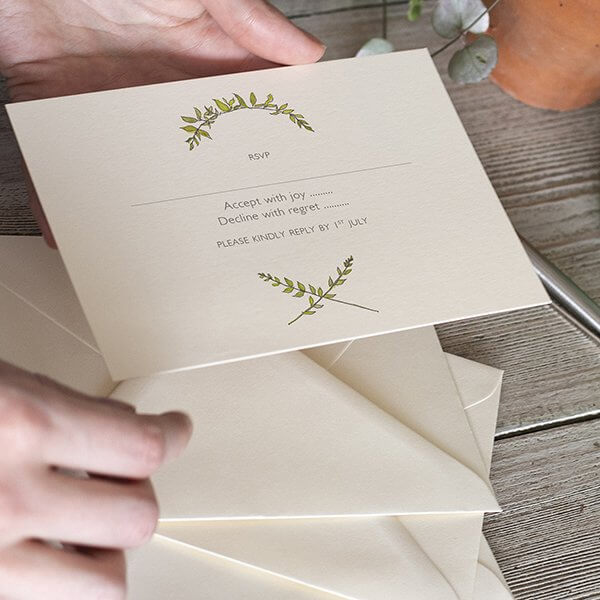
From £10
Consider the Layout of the Venue
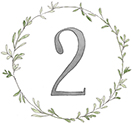
The layout of your wedding reception venue will have a significant impact on your table plan so it’s a good idea to get a room layout early on. Where will the DJ/band, food, cake stand etc go? How many tables will you need to seat all of your guests? Will you be using circular tables or long tables that run down the centre? You can fit more guests in using rectangular tables but circular tables make it easier for your guests to talk with each other. Thinking of these things is a good place to start.
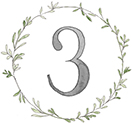
Who Will Be on Your Top Table?
Some couples decide not to have a top table and instead sit amongst their guests. But, if you’re having a top table decide who you would like to be seated close to you. Traditionally it’s the bride and groom (obviously), their parents on either side and then their wedding party. If there’s room it’s also a nice idea to include their dates too.
Organise Your Guests By Group
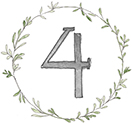
It’s a good idea to group your guests according to how they know each other, for example, work colleagues, school friends etc. This ensures that your guests are seated with people they know and are comfortable with. That being said, you can also encourage socialisation by mixing up guests from different groups but you should make sure that your guests know at least one or two people at their table to avoid any awkwardness.
Other things to consider –
• Guests’ ages. Think about the ages of your guests too, a table full of old dears may not appreciate being sat next to the band but a table of younger guests might.
• Special requirement. Be mindful of guests with specific needs, for example, guests with disabilities may appreciate being sat at the end of a table or close to an exit and pregnant guests will appreciate being close to the loos!
• Children. If you’re having children at your wedding then a children’s table may be a good idea. This is a great way for keeping them entertained with books, colouring books and activities whilst allowing their parents to have a good time. However, if there are only a couple of children going then it’s probably best to keep them seated with their parents.
Things to avoid –
• Singles tables. Although it may seem like a good idea to have a singles table it can actually leave your single guests feeling incredibly awkward especially if they don’t know each other.
• Seating exes together. This may seem like a given but can actually be overlooked, don’t seat ex-partners at the same table unless you know 100% that this is ok.
• Singles amongst couples. It’s probably best not to seat a single person at a table full of couples – no one likes being the third wheel!
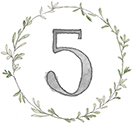
Be Flexible
It is important to be flexible and willing to make changes to your seating arrangement if necessary. You may have last-minute cancellations and need to make adjustments to your table plan. This is why it’s a good idea to order your table plan about a month before the wedding to avoid any expensive re-printing costs!
Seating Plan Ideas
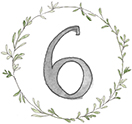
There are usually two or three parts to your table plan depending on how you are arranging your guests. If you are only assigning tables to your guests and are letting them choose where they sit then you will need a table plan and table names. If you are assigning specific seats to your guest then you will need a table plan, table names and place names. Let’s take a look at the difference between these three pieces of wedding stationery.
Table plan. This usually consists of a single display card with guests’ names written alongside table names/numbers. This will be displayed at the entrance to your reception so that guests know straight away where they’re meant to be.
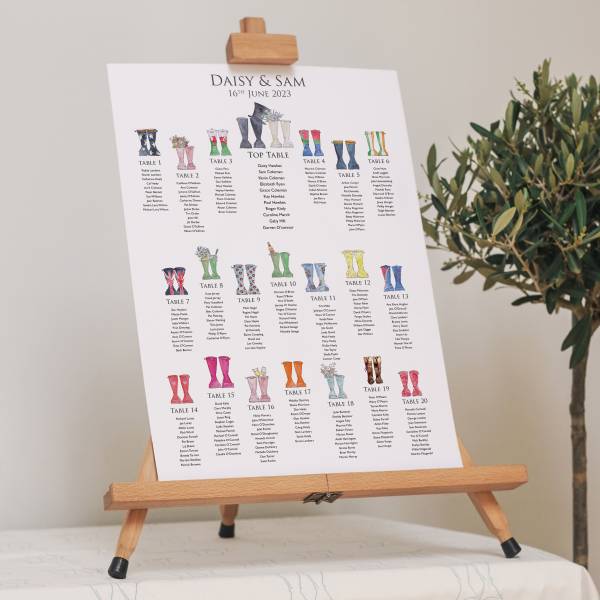
From £50
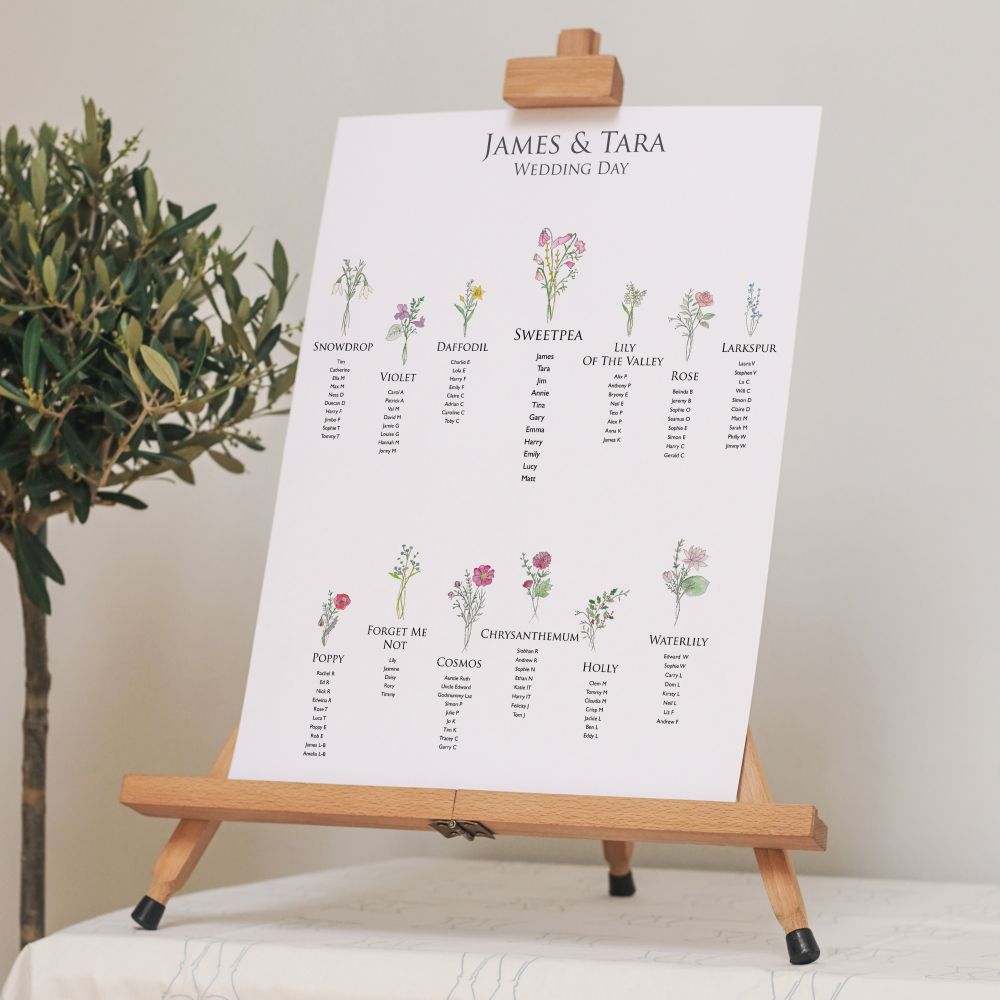
From £50
Table names. These are placed in the centre of your tables to show the name or number of that table. They should be quite large and easy for your guests to read.
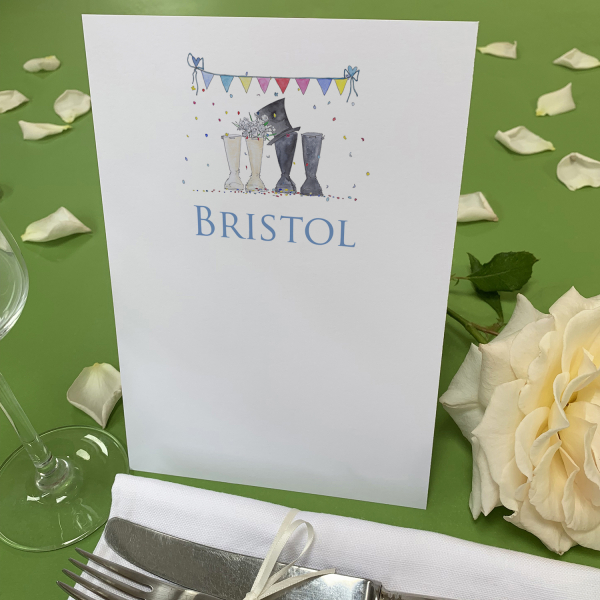
From £10.50
Place names. These are placed at each place setting with your guests’ names on them to make sure everyone sits in the correct seat.
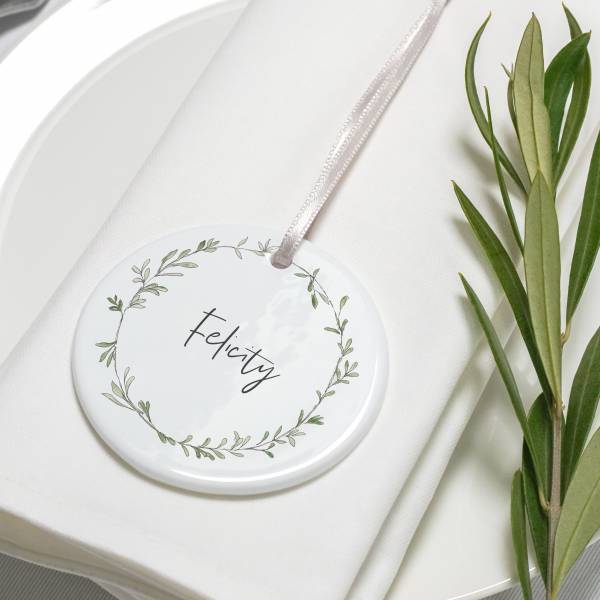
From £8.50

